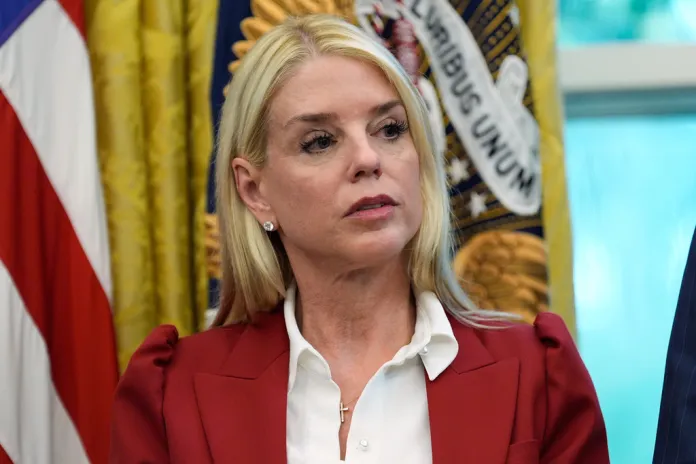Sen. Bernie Sanders (I-VT) urged Congress to have more robust conversations about the future of artificial intelligence, predicting the rapidly advancing technology will continue to carry sweeping implications for the United States and the world. “I see growing awareness, but I don’t think Congress is moving anywhere near fast enough,” the Vermont senator said during










